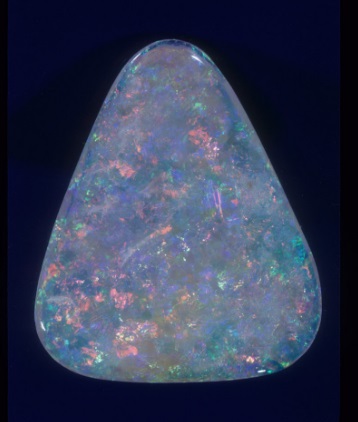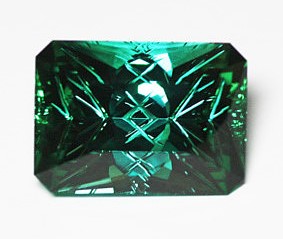
October – The Month of Opal and Tourmaline
Leave your thoughts2 Birth Stones for October

Opal and Tourmaline, October’s birthstones, are both known for their color characteristics and endless combinations. The word opal derives from the Sanskrit upala, meaning “a precious stone”. The tourmaline name comes from the Sinhalese word toramalli, which means “stone with mixed colors,” because it often has multiple colors in one crystal.
OPAL BIRTHSTONE MEANING & HISTORY

Most opals exhibit a property called “play of light”, and are associated with light and magic. Historically, opals were creited with healing properties, especially for the eyes. Some even believed they could make the wearer invisible.

Bedouins once believed opal held lightning and fell from the sky during thunderstorms. Ancient Greeks thought opals bestowed the gift of prophesy and protection from disease. Europeans long maintained opal to be a symbol of purity, hope and truth. Hundreds of years ago, opal was believed to embody the virtues and powers of all colored stones.

ORIGIN AND PROPERTIES
Opal is formed from a mixture of silica and water settling in sedimentary layers or ironstone, or cracks in host rock. Silica spheres are what give opals their marvelous colors, and geography matters. Smaller spheres are more commonly formed, and tend to diffract purple, blue, and green colors – larger spheres tend toward yellow, orange, pink, and red.

Australia, Ethiopia, Mexico, and Brazil are the largest sources of opal. Additional deposits have been found in Central Europe, Honduras, Indonesia, Madagascar, Peru, Turkey and the United States.
Lightning Ridge, a small town in New South Wales, Australia, is famed for producing prized black opal. A dry and rocky region, the climate is so unforgiving that miners often live underground to avoid the heat.
Opal has a Mohs hardness of 5 – 6.5. It can be cleaned with warm soapy water and a very soft brush. Storage in a soft cloth, separate from other jewelry is recommended to avoid scratching it.
TOURMALINE BIRTHSTONE MEANING & HISTORY

Tourmaline’s different colors are thought to have their own healing properties. Black tourmaline is believed to protect the wearer and give a sense of self-confidence. Pink tourmaline embodies love and is associated with compassion and gentleness. Green tourmaline promotes courage, strength and stamina.
Ancient mystics believed this October birthstone could inspire artistic expression – it has a color palette for every mood. Among the most popular are the pink and red rubellites, the emerald green “chrome” tourmalines, and the neon green and blue-to-violet “paraíba” tourmalines.
Because of its vast range of colors, tourmaline was often mistaken for other gemstones. One of the “rubies” in the Russian crown jewels, the “Caesar’s Ruby” pendant, is actually red (rubellite) tourmaline. In the 1500s, a Spanish conquistador found green tourmaline in Brazil and confused them with emerald. Other cases of mistaken identity continued for centuries until scientists recognized tourmaline as a distinct mineral species in the 1800s.
ORIGIN AND PROPERTIES

The Brazilian states of Minas Gerais and Paraíba (blue/copper bearing) are important sources of tourmaline. It occurs in “Pegmatite Districts” and is also mined in Afghanistan, Pakistan, Kenya, Madagascar and Mozambique (among other countries in Africa).
In the U.S., California (1898) and Maine (1820) are historically important producers of fine tourmaline. San Diego mines sent 120 tons of gem rubellite to Imperial China between 1902 and 1910, to feed Empress Dowager Cixi’s obsession with the vibrant red gem stones.
Tourmaline is one of the few crystals that becomes electrically charged when heated, and when squeezed, it’s piezoelectric too.

With a hardness of 7-7.5 on the Mohs scale, tourmaline is generally suitable for everyday wear. These gems are usually stable enough to withstand light and most chemicals, but heat can be damaging. Like opal, they are best cleaned with warm, soapy water and a soft brush. Ultrasonic and steam cleaning are not recommended.
Opal is given for the 14th wedding anniversary. Tourmaline is used to celebrate 8 years of marriage.
Please visit the SFJS showroom to see our collection of opal cabochons, tourmaline cabs and gemstones, and beads.

